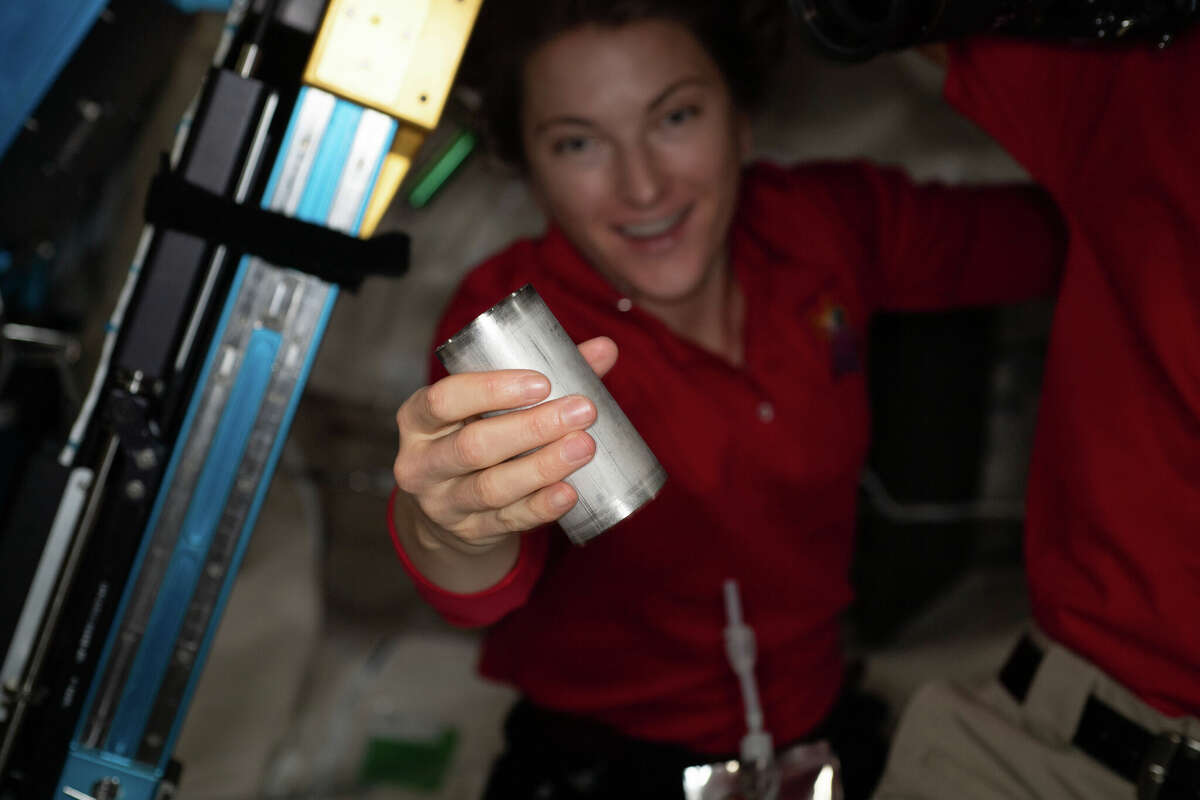Success depends on better astronaut pee-recycling technology
According to this article, with the help of a technique that could be a little disgusting, astronauts on board the International Space Station have successfully recovered 98% of the water they used by reaching the peak of astronaut pee recycling.
The accomplishment of water recycling is significant for low-orbit space missions that seek to meet the astronauts’ fundamental needs without the need for resupply missions. This refers to reusing or renewing resources like food, air, and water.
Each crew member on the International Space Station (ISS) requires roughly one gallon of water each day for drinking, food, and personal hygiene needs. The ideal water recovery rate for longer missions has been 98% of the initial water that personnel carries into space with them.
“This is a very important step forward in the evolution of life support systems”, part of the team at Johnson Space Center that manages life support systems on the ISS, Christopher Brown, said in a statement. “Let’s say you launch with 100 pounds of water. You lose 2 pounds of that, and the other 98% just keeps going around and around. Keeping that running is a pretty awesome achievement.”
The essence of water recovery was achieved by the Environmental Control and Life Support System (ECLSS) during a demonstration of the improved Urine Processor Assembly (UPA), which recovers water from urine using vacuum distillation.
The ECLSS is composed of a variety of hardware, such as a Water Recovery System that gathers wastewater and sophisticated dehumidifiers that draw moisture from the air of the ISS as a result of the crew members’ breath and sweat. The Water Processor Assembly (WPA), which creates drinkable water, receives this collected water.
The UPA component of the ECLSS distills urine, but a by-product of this operation is brine, and this brine still contains some unutilized water. To remove this last bit of wastewater, the UPA was equipped with a brine processor assembly (BPA). The BPA drove the ECLSS to the 98% target while demonstrating its functionality in space’s microgravity.
“Before the BPA, our total water recovery was between 93 and 94% overall”, said ECLSS water subsystems manager Jill Williamson. “We have now demonstrated that we can reach [a] total water recovery of 98%, thanks to the brine processor”.
The BPA uses the UPA-created brine and introduces it to dry air that evaporates its water content by passing it through a series of specific membranes. ECLSS dehumidifiers can be used to capture the humid air that is produced as a result, which is comparable to the ISS crew members’ breath.
This wastewater is processed by the WPA, just like the other collected wastewater, using a number of specialized filters and a catalytic reactor to remove any remaining trace contaminants. The water is then tested for purity using sensors, and any samples that don’t meet standards are returned back for further processing. Acceptable water is treated with iodine to stop the formation of microorganisms, and the water is then stored for later use by the crew.
So, if the question that raises is, “Are our astronauts drinking urine in space?” The answer is obvious: definitely not. The crew claims that the water generated on board the ISS is really superior to that generated by municipal water systems on Earth.
“The processing is fundamentally similar to some terrestrial water distribution systems, just done in microgravity”, Williamson pointed out. “The crew is not drinking urine; they are drinking water that has been reclaimed, filtered, and cleaned such that it is cleaner than what we drink here on Earth.”
“We have a lot of processes in place and a lot of ground testing to provide confidence that we are producing clean, potable water”, Williamson added.
The ECLSS systems are rigorously tested to make sure they work as intended and to show that each component can last for a long time without a lot of upkeep or replacement spare parts.
The 98% milestone is encouraging for upcoming space missions that would involve crewed journeys to Mars and extended stays on the moon’s surface, during which astronauts will spend more time in space.
“The regenerative ECLSS systems become ever more important as we go beyond low Earth orbit. The inability to resupply during exploration means we need to be able to reclaim all the resources the crew needs on these missions”, Williamson concluded. “The less water and oxygen we have to ship up, the more science that can be added to the launch vehicle. Reliable, robust regenerative systems mean the crew doesn’t have to worry about it and can focus on the true intent of their mission”.

